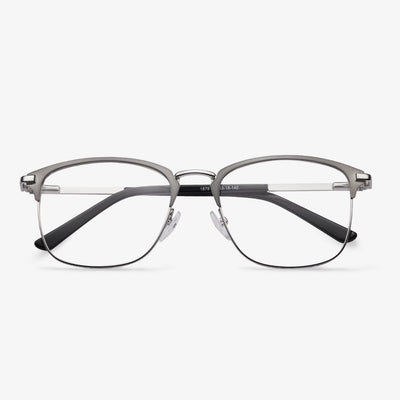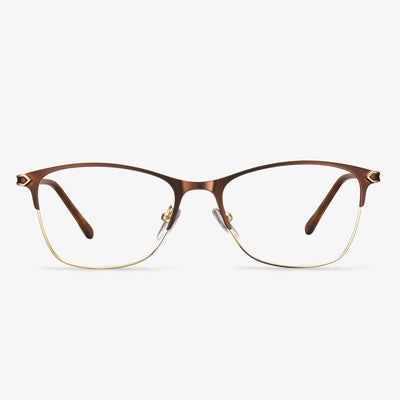What's wrong with your not clear phone's screen, low brightness, or even black screen when wearing polarized sunglasses?
There is a polarizing plate in the display structure of the mobile phones, which comes from the photoelectric modulation effect of the display screen. There is a polarized light absorption axis in the polarizing plate, which is consistent with the polarized light absorption principle of the polarized sunglasses. If the polarization absorption axes of the two are parallel, the screen can be seen. When they are perpendicular to each other, the light emitted by the screen will be absorbed by the sunglasses, and the light cannot reach the eyes, leading to the phenomenon of the black screen or low brightness. There may be differences in the direction of the absorption axis of the polarizer. So after wearing the polarized lenses, when you see low brightness or black screen, there are two different situations: landscape screen and portrait screen.
Who is suitable to wear progressive lenses
Progressive multifocal glasses are suitable for people with presbyopia or visual fatigue, especially teachers, physicians, musicians, computer operators, etc. They not only need to see far and near objects, but also most of the time, need to see objects at intermediate distances such as blackboards, piano scores, and computer screens. A pair of scientifically customized progressive multifocal glasses can simultaneously meet the needs of distance use, near use, and various distances in between. Some special young myopia patients wearing progressive multifocal glasses can also be used to correct the refractive power and effectively relieve eye fatigue.
Can you get your new eyeglasses in a day online?
Yes, it is possible to have an eye exam and prescription glasses on the same day. But unless it's an emergency, you'd better wait a few days and then buy the best glasses you need. Not all glasses are available within an hour or on the day of your eye exam.
What characteristics do children's glasses have?
The lens degrees need to change with the degrees of the eye. Because children are still in the process of growth and development, especially preschool children and adolescent children. Preschool is the key period of visual development, and farsightedness is slowly reduced. The eyeball development is close to an adult. Adolescence is the second peak of eyeball development, and myopia is most in this stage and little by little deepens, stopping at the end of adolescence.
Clear non-prescription sunglasses are a trend.
Clear glasses will not appear old, as long as the choice of their own frame is good-looking, although it is often said that a round face is suitable for angular frames, and a three-dimensional face is more suitable for rounded frames, but the collocation of face shape and frame can not be generalized. A transparent picture frame gives a person a feeling of intellectual, restoring ancient ways of literature and art model. There are a lot of people who use it to reflect their modeling. It seems that there is a pure sense of feeling. And people who use it do not lose the taste of literature and art, and there is a unique personality. Half of the transparent glasses are made of TR material and plate, which is light and comfortable to wear and have many styles.
Operation and Requirements of Drop Ball Test
The ball, which is 0.625 inches in diameter and weighs 0.56 ounces (16 grams), falls from 50 inches (127 centimeters) and hits the center of the lens. The geometrical center of the lens should be struck by the ball within a circle 5/8 inches in diameter. If the lens does not break, it is called a safety lens. There can't be anything that restricts the ball from falling. It cracks across the entire thickness, containing laminated layers (if any), and divides into two or more separate sections across the entire diameter.
What Is Photophobia?
There are a lot of reasons causing our eyes discomforts, such as moving between indoors and outdoors on bright sunny days, staring at computer screens all day, driving at night, or watching TV. If the discomfort worsens over time with accompanying symptoms such as intense pain, excessive squinting, excessive tearing or burning sensations, it may become an eye condition called photophobia or light sensitivity.
One of the symptoms of photophobia is intolerance of light. To some degree, most of us are sensitive to bright or fluorescent lights, but those suffering from photophobia may experience a range of symptoms - from minor or mild irritation to serious debilitating reactions. The symptoms can include dizziness, headaches, migraines, server eye pain, excessive blinking, blurriness, and eye inflammation.
So, they are a few ways to combat photophobia.











































